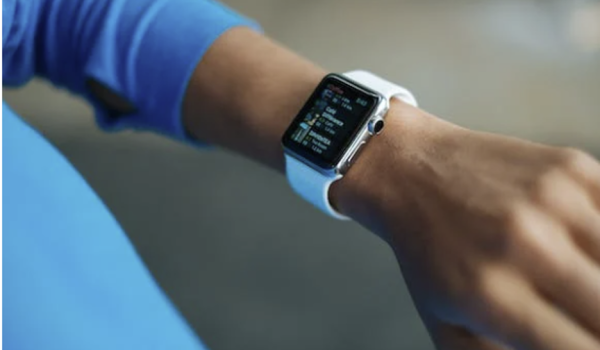Email etiquette spells out what’s appropriate and what’s not when you’re sending a message to a boss, prospect, business partner, colleague, or acquaintance.
Have you ever wondered why people don’t respond to your emails or why others might appear grumpy in their responses? Your email etiquette needs to be checked; you may need to examine the way you are communicating via email. It is perhaps the most important communication tool in business today. Email etiquette helps you avoid errors and help you communicate clearly, which if not done properly reflects poorly on you. So to avoid bosses and colleagues from ignoring your emails, here are a few email etiquette tips every professional should know and follow.
Use a Clear Subject Line
We are regularly buried in our inboxes; the subject line can have a significant impact on whether your email gets opened or not. Alert your recipient about what your email is about. Aim for a clear and precise subject line in a couple of words or a concise sentence. Avoid using alert words, like urgent, unless the issue requires urgent attention. Whatever you do, never send an email without a subject line. It’s a clear violation of proper email etiquette. An email without a subject is often regarded as suspicious and ends up in the trash.
Start with a Professional Greeting
The best way to greet a person in an email always depends on your relationship with the recipient. Based on your relationship your greeting would either vary from formal to casual, but it should never be informal. Some of the most common greetings include:
- Dear Ms./Mrs./Mr. (Last name),
- Hello (First name),
- Hi (First name),
Informal greetings that are bad email etiquette range from “Heya” and “Yo” — such greetings will look bad and people would never take you seriously.
Use Standard Formatting
Use standard formatting throughout your email, standard fonts such as Times New Roman or Arial, as well as standard colors and sizes that are appropriate for business emails. If you want to bolden or italicize a word don’t use them more than once. If you’re copying and pasting text, make sure what you pasted is in the correct font before hitting send.
Introduce Yourself
Don’t forget to introduce yourself. Never assume the recipient knows you, especially if it is the first time contacting them. It is an email etiquette requirement to start an email with a brief introduction, start with a short line with relevant information about yourself, if you already know the recipient but you are not sure if he or she remembers you, find a way to mention an incidence, or what you talked about the last time to refresh their memories about you.
Keep It Brief & Straight to the Point
No one will be happy to read an essay in the form of an email. It is important to state your message concisely and simply. If you have a question, get to it quickly. Don’t beat about the bush in your email, you are likely to be put on the waiting list or never read list.
Watch Your Tone
It’s not just what you say but how you say it. Remember your facial expression or body language is not seen in your email. Be intentional with your word choices and always consider how the recipient might interpret them. Keep your message positive, and avoid humor, sometimes people might not get the message. Also, avoid emojis as much as possible, your recipient might not be in the mood for that.
Use Your CCs and BCCs Appropriately
Do you know the use of CC and BCC? Don’t copy people on your email unless they need to see the message shared. And don’t forget to use the BCC (blind carbon copy) field, particularly for emails sent to large groups. People don’t want to know an email shared with them was also shared with an extra hundred people. Hide the recipients’ addresses in the Blind Carbon Copy (BCC) field.
Include a Professional Sign-Off and Signature
Signing off emails depends on the relationship you have with the recipient and the email purpose. It is ideal to remain polite and get it right, your aim is to leave a lasting impression very similar to a meeting conclusion. And include a signature — your full name, title, company name, company website, and phone number to reach you.
Photo: Dean Drobot/Shutterstock
You might also like:
Support us!
All your donations will be used to pay the magazine’s journalists and to support the ongoing costs of maintaining the site.
Share this post
Interested in co-operating with us?
We are open to co-operation from writers and businesses alike. You can reach us on our email at [email protected]/[email protected] and we will get back to you as quick as we can.










